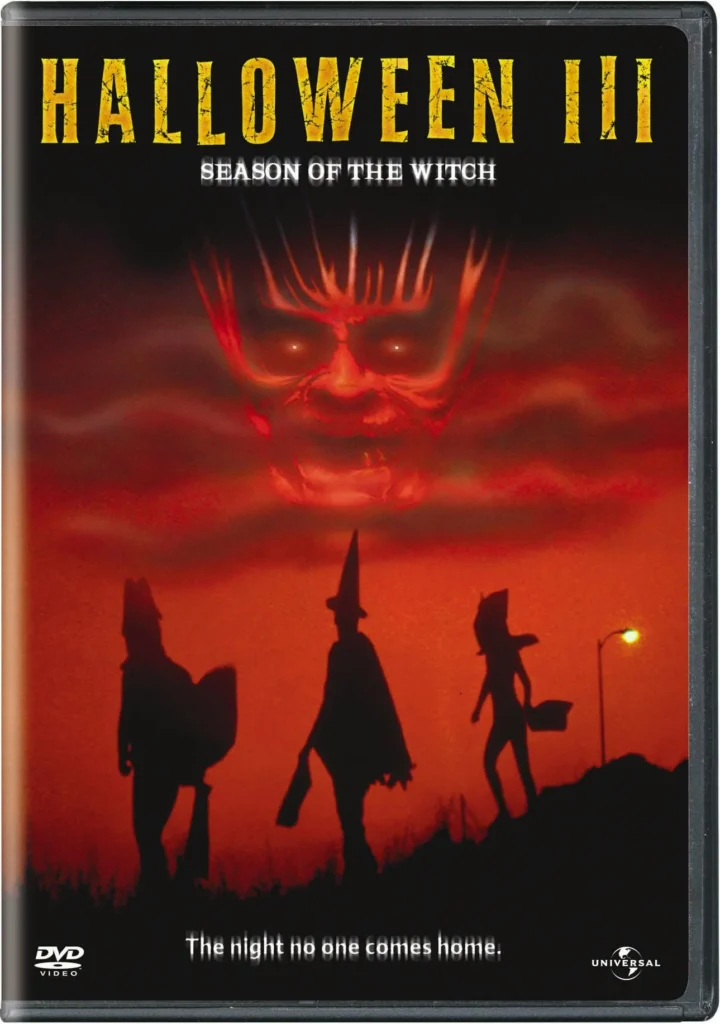
“Murders in the Rue Morgue” (1932): A Dark Ode to Poe’s Mastery – Review

The year 1932 bore witness to Universal Studios’ attempt to capture the magic of another horror narrative with “Murders in the Rue Morgue.” Drawing inspiration from Edgar Allan Poe’s tale, this Robert Florey-directed film stands apart in its endeavor to be a genre-defining piece amidst the Golden Age of Hollywood horror. A step away from the legendary monsters like Dracula and Frankenstein, this cinematic adaptation dared to tread the path of atmospheric dread combined with a murder mystery.
Behind the Shadowy Veil of Production:
Universal, hot off the heels of the successes of “Dracula” and “Frankenstein,” was eager to capitalize on the burgeoning market for horror films. As such, Edgar Allan Poe’s detective tale seemed ripe for adaptation. However, translating Poe’s intricate narrative to film in a way that retained its essence and yet appealed to a wider audience required a certain level of restructuring and artistic liberty.
From a production standpoint, the film faced a myriad of challenges, including, but not limited to, censorship issues. The Hays Code, a set of moral guidelines governing motion picture production, took umbrage at several aspects of the film. As a result, the movie underwent considerable cutting, trimming its initial runtime and adjusting some of its more controversial scenes to better align with the standards of the time.
The Narrative Arc:
At the core of “Murders in the Rue Morgue” is Dr. Mirakle, chillingly portrayed by Bela Lugosi. A carnival sideshow performer, Mirakle is obsessed with proving the evolutionary link between man and ape, and for this, he conducts a series of dark experiments. Lugosi, fresh from his iconic role as Dracula, delves deep into another complex character that demands both menace and a touch of pathos. His exploration of a man unhinged by his fanatical beliefs is both captivating and terrifying.
The film, however, veers from Poe’s original narrative in various ways, introducing a love story and making the ape, Erik, a central figure in the unfolding mystery. This deviation was likely a commercial decision, aiming to make the story more accessible and engaging to audiences seeking romance and suspense.
Cinematic Elements:
Cinematographer Karl Freund’s expertise shines through in every frame. The film is drenched in shadows, evoking an atmosphere of perpetual menace. The use of German Expressionist techniques, reminiscent of films like “The Cabinet of Dr. Caligari,” gives the narrative an additional layer of depth. The chiaroscuro lighting not only enhances the mood but also echoes the dual nature of science, which can illuminate or obliterate based on its application.
Legacy and Relevance:
While “Murders in the Rue Morgue” might not have reached the legendary status of some of its contemporaries, its influence on future horror films, especially those leaning on atmospheric tension, is undeniable. Its exploration of the moralities of science, the perils of unchecked obsession, and the thin line separating man from beast remains relevant.
In an era when horror was predominantly creature-centric, the film also stands out for its human antagonist. Lugosi’s Dr. Mirakle is not just a villain; he’s a symbol of the dangers of fanaticism. He exemplifies how good intentions, when married to obsession, can lead to catastrophic outcomes.
Conclusion:
“Murders in the Rue Morgue” is a bold departure from traditional 1930s horror, opting to rely on atmospheric dread rather than jump scares. Its uniqueness stems from its blending of a murder mystery with ethical dilemmas. In Lugosi’s compelling performance and Florey’s attentive direction, the film becomes more than just an adaptation; it’s a statement on the human condition, on the boundaries of science, and on the eternal dance of morality and ambition. It serves as a testament to a time when cinema dared to challenge, provoke, and mesmerize in equal measure.




